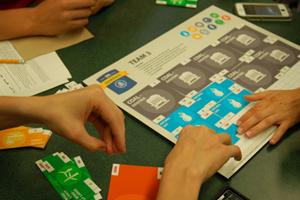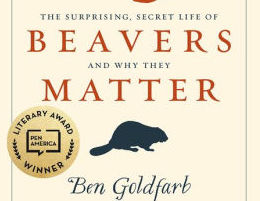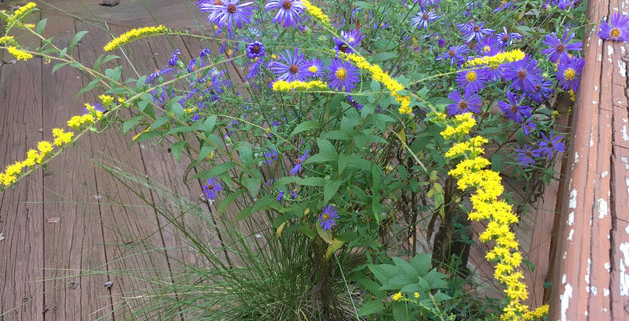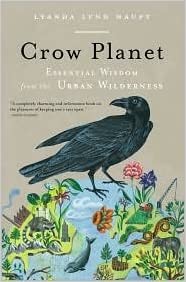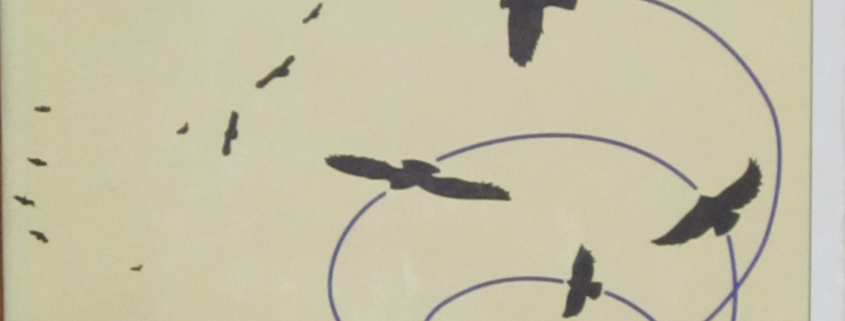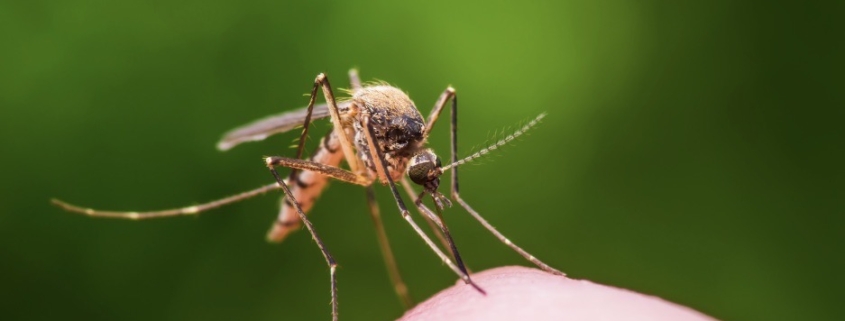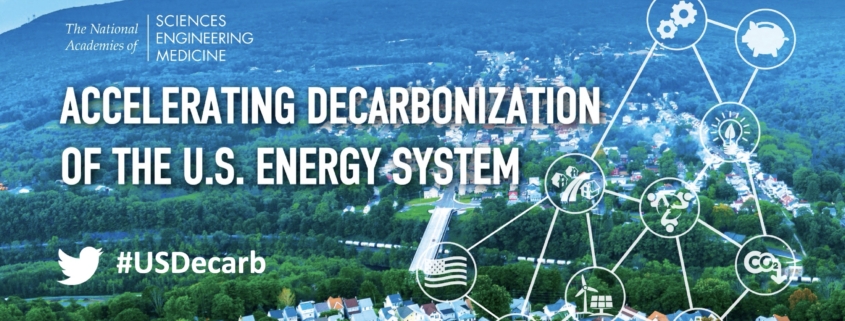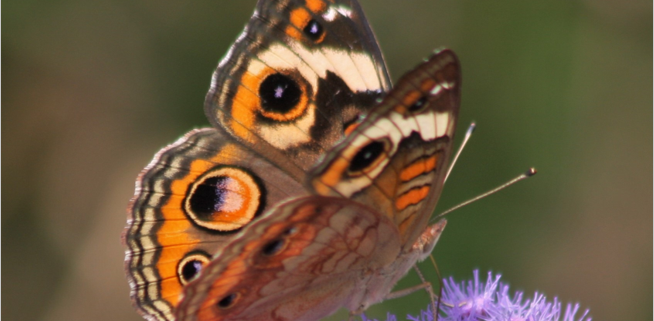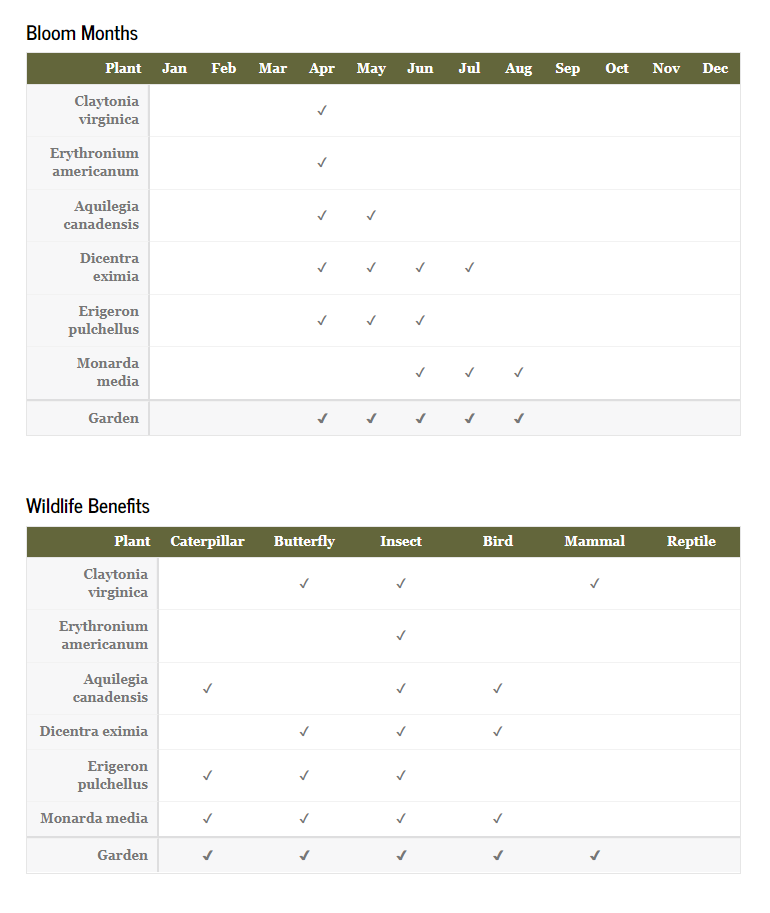Check Out Two Air Quality and Energy Choice Activities for Educators from the Environmental Protection Agency and MIT
Environmental Protection Agency researchers participate in educational outreach to schools, museums, and other locations to teach students about air quality and climate change research that EPA and partners conduct to protect the air we breathe and provide the knowledge and scientific tools to respond to a changing climate. As part of the outreach, researchers have developed several hands-on activities for teachers and others to use in the classroom and other educational settings.
Particulate Matter (PM) Air Sensor Kits

Particle pollution, known as particulate matter (PM), is one of the major air pollutants regulated by EPA to protect public health and the environment. EPA researchers developed a PM air sensor kit as an educational tool to teach children about air quality and air science. MIT extended the work and developed a kit that you and your students can build together. Learn more and order the kit.
Generate: The Game of Energy Choices
EPA scientists developed an interactive board game called Generate: The Game of Energy Choices, which enables players to explore energy choices and the environment and gets students “energized” in some friendly competition. The game is a teaching tool that can be used to understand the costs and benefits of the energy choices we make; find out what happens if the mix of energy sources changes in the future and learn what energy choices mean for our climate, air, water, and overall environmental quality.
- Click here to access the printable Generate Game and instruction manual.
- Editable companion Excel file for quickly calculating team scores and showing team rankings for multiple rounds. (138 K). Technical contact for questions using this file, email Rebecca Dodder (dodder.rebecca@epa.gov).


